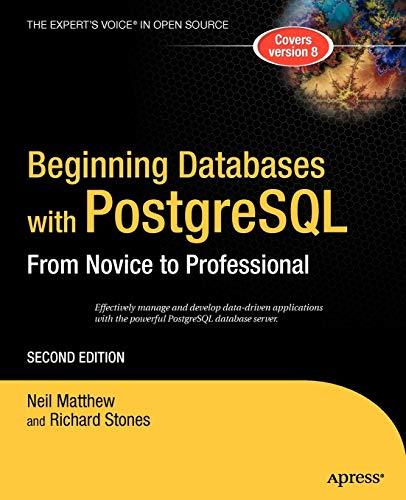Answered step by step
Verified Expert Solution
Question
1 Approved Answer
Using any of the assembly language instructions shown in Figure 6.5, translate the following algorithmic operations into assembly language code. Show all necessary .DATA pseudo-ops.
Using any of the assembly language instructions shown in Figure 6.5, translate the following algorithmic operations into assembly language code. Show all necessary .DATA pseudo-ops. You may put in whatever initial values you want for a, b, c, and n.
A) Set a to the value of (c + 1) (b c)
B) if b
C) Set c to the value of 0 for a = 1 to n do if a

Step by Step Solution
There are 3 Steps involved in it
Step: 1

Get Instant Access to Expert-Tailored Solutions
See step-by-step solutions with expert insights and AI powered tools for academic success
Step: 2

Step: 3

Ace Your Homework with AI
Get the answers you need in no time with our AI-driven, step-by-step assistance
Get Started


